Cleaning your condensate line is a must, especially if you wish to lengthen the lifespan of your air conditioner and keep it properly working. But one question most homeowners ask is the frequency of cleaning an AC condensate line. Good thing we have already researched this topic to bring you the answer!
It is important to keep your AC condensate line free from dirt, mold, and bacteria, so clean it any time you notice a buildup. And, since it is one of the essential parts of an air conditioner, it is highly advisable to clean it once a month even if there is no visible buildup.
Before you flush your AC condensate line, it is useful to know the things that make it dirty, how to prevent this problem, and the details of the cleaning process. Please keep reading to learn more detailed information about the condensate drain line of your air conditioner. Let's delve into the details!
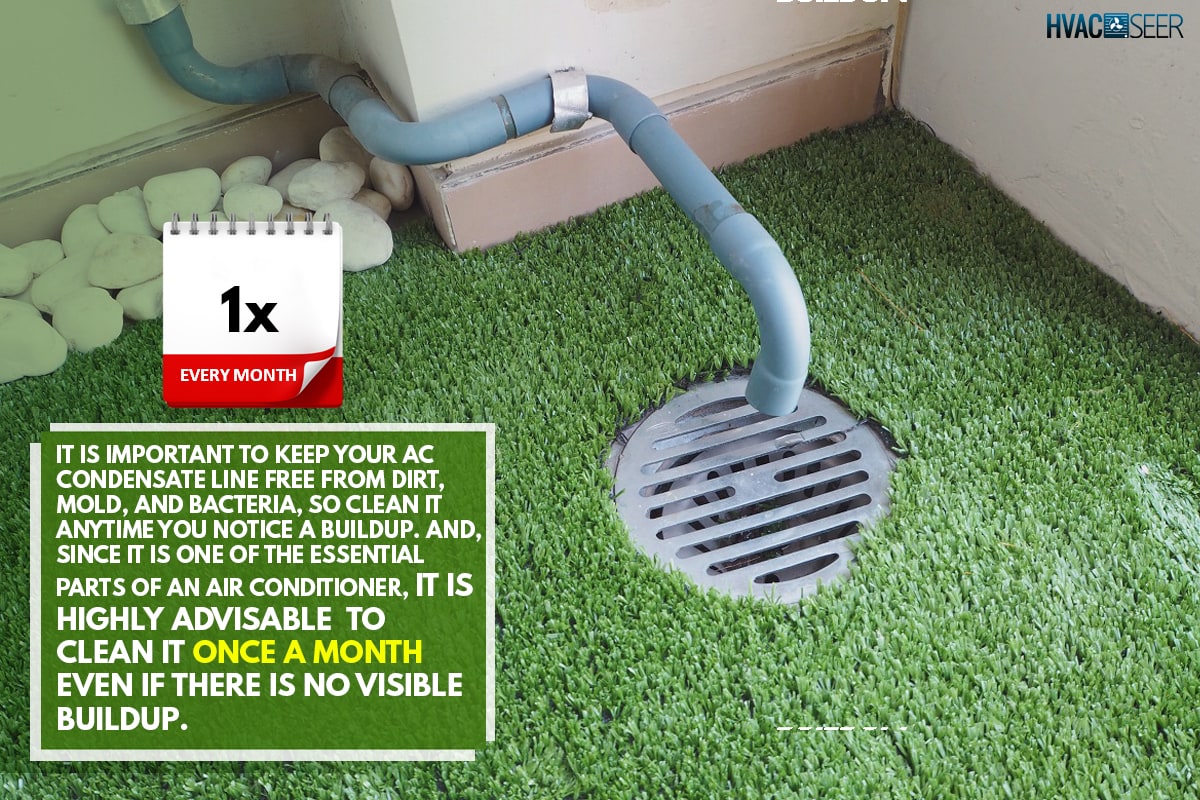
How To Identify A Clogged Air Conditioner Condensate Line
An AC condensate line accumulates dirt, dust, and mold quickly. It is true primarily when you frequently use your air conditioner.
As the condensate line drains the water produced by the AC coils as it cools the room, dirt and dust can also be transmitted through the tube, which makes it clogged.
You'll know that you have a clogged air conditioner condensate line once you notice either of the following:
- Your air conditioning system seems to be not cooling your home
- If your air conditioner frequently turns off and won't switch on
- You often smell something awful near the air conditioning unit, like a mildewed or musty odor.
- There is wetness on the floor and water damage around the indoor air conditioner
How To Clean Air Conditioner Condensate Line
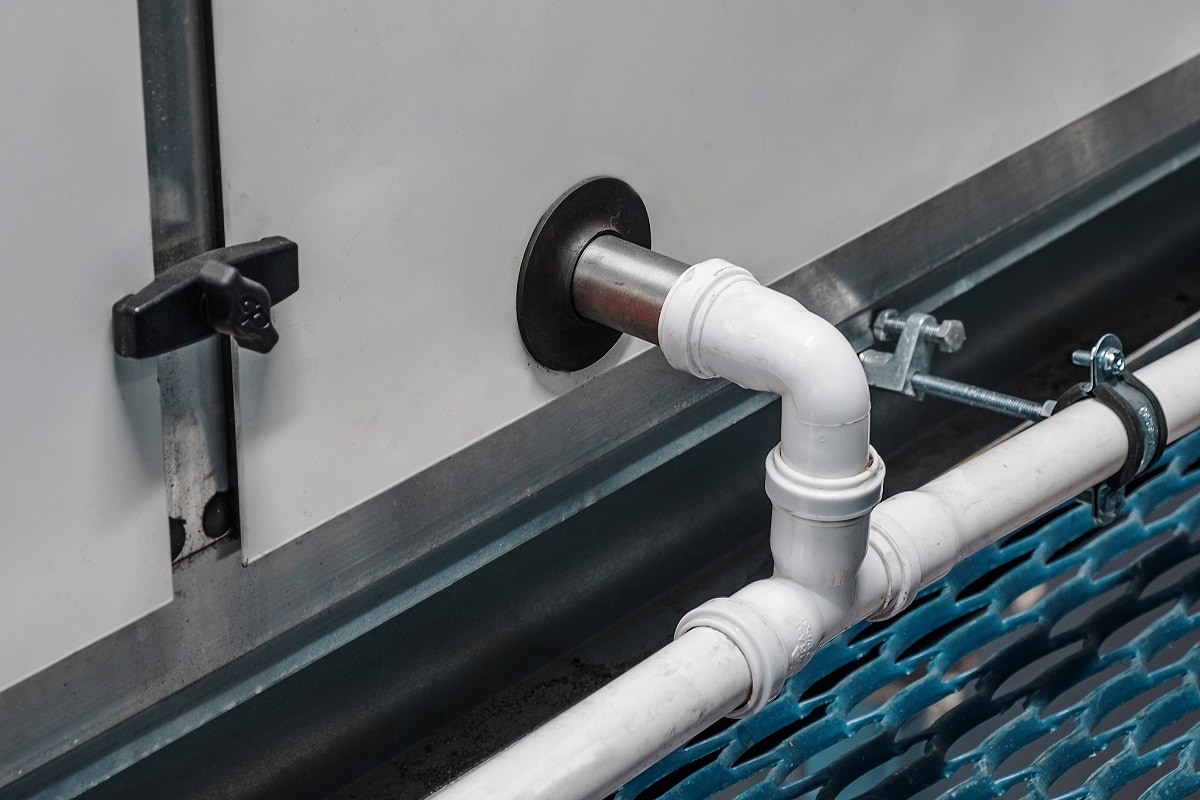
It's a good idea to clean your AC condensate line monthly so that you can prevent buildup before it gets out of control.
To get ready to clean your condensate line, prepare at least a cup of vinegar. You can also get a funnel ready to make things easier later. Below are the methods on how to do it.
1. Switch Off Your Air Conditioner Completely
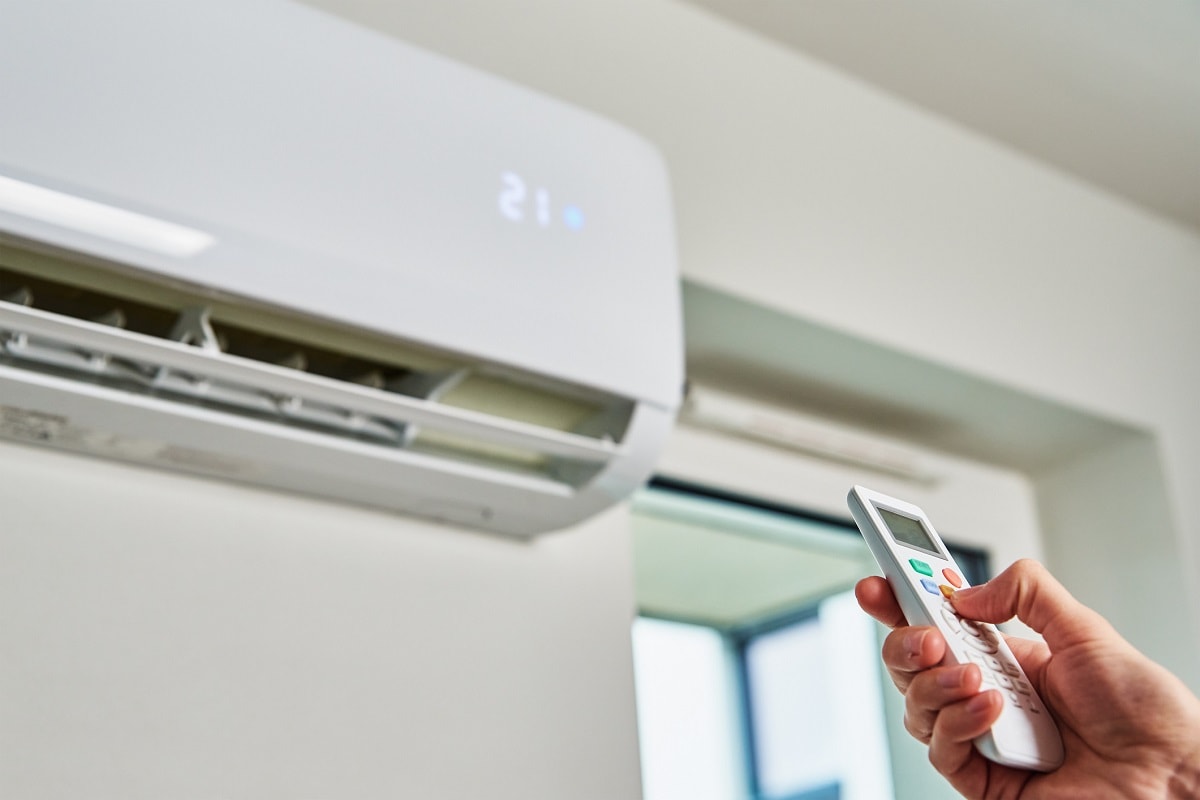
Whenever you clean any part of an air conditioner, it would be best to turn it off in two ways. First, turn it off at your thermostat. And second, switch it off from the circuit breaker to further prevent any accident.
2. Find The Condensate Line
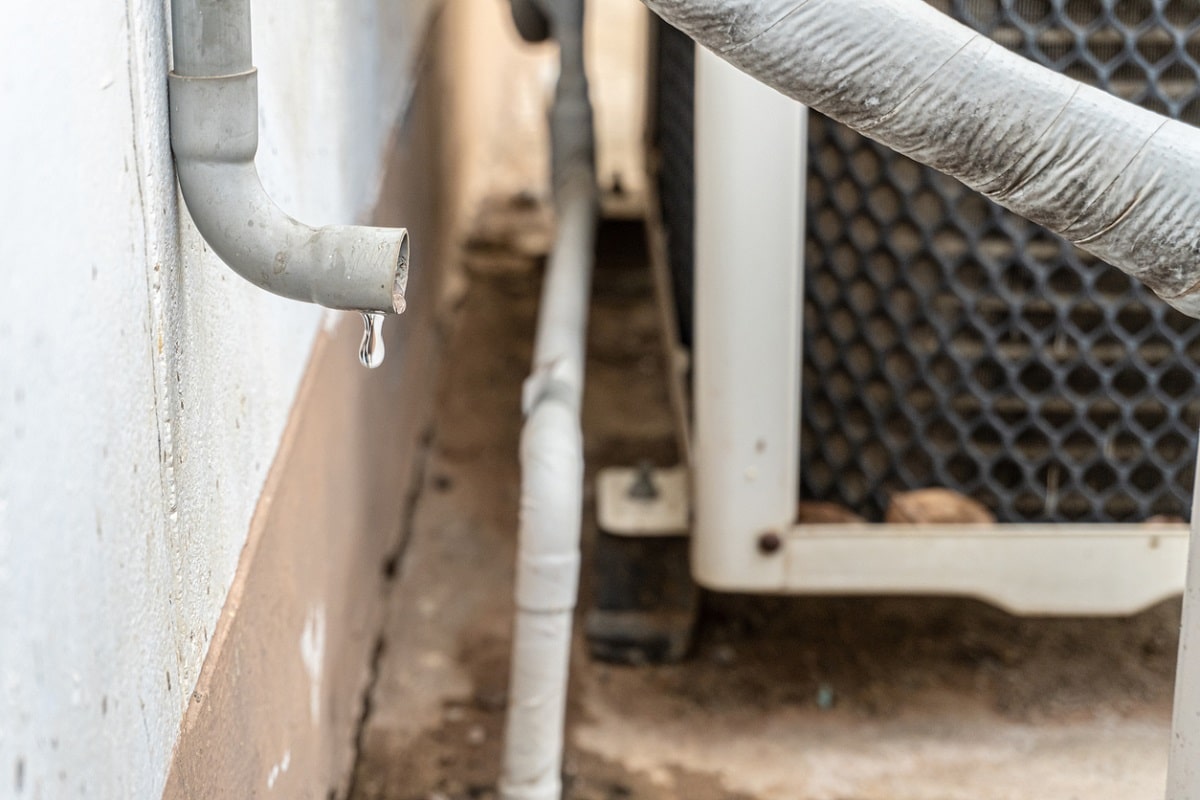
There are several places where you can find the AC condensate line. These are the attic, garage, or utility closet. If you are unfamiliar with the appearance of a condensate line, know that it is a white PVC tube with a shape of a "T."
Additionally, your HVAC system also affects the location of your condensate line. You can find it behind a detachable access panel in some cases.
3. Detach The Cap On Top Of The Tube
Once you locate the condensate line, you should look and detach the entry point. You can manually remove this white cap at the upper part of the tube.
4. Rinse The Condensate line
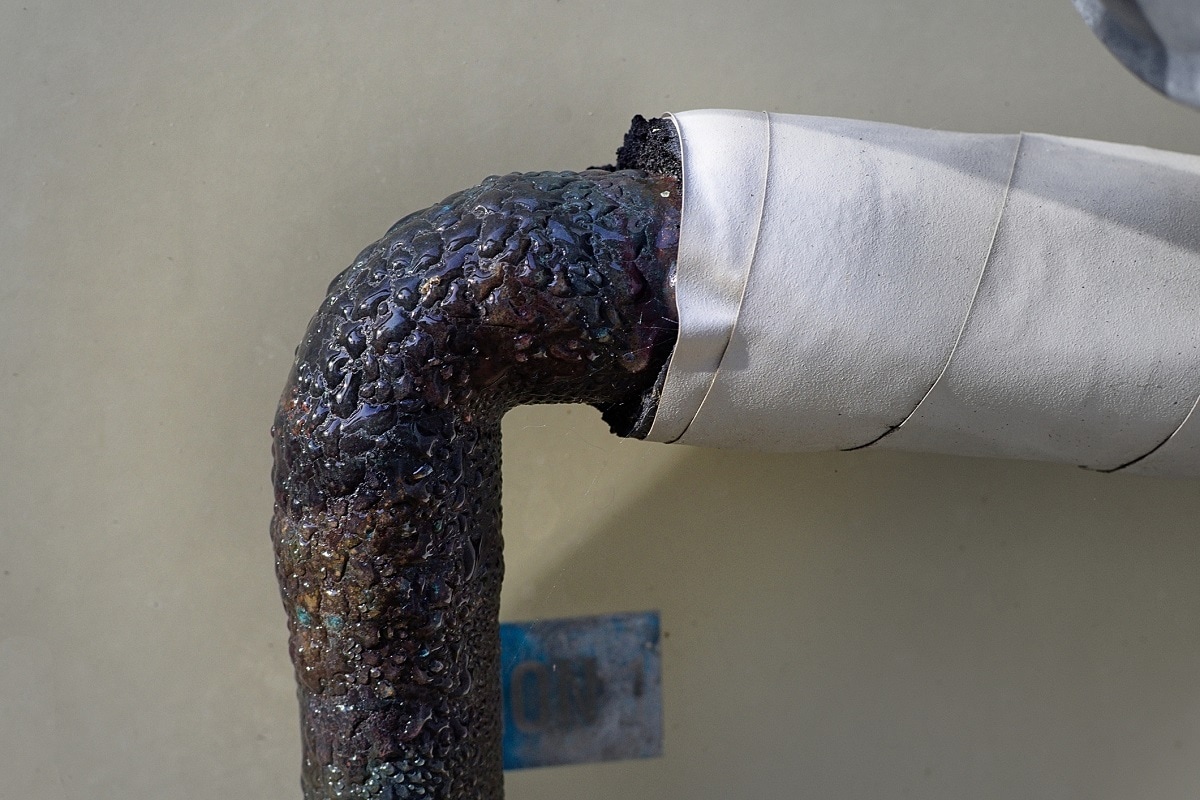
It is where you will use the vinegar. Instead of flushing the condensate line with water, you can use vinegar.
However, to ensure that it is entirely free from mold and bacteria, you can use water first to flush the tube. And after that, pour the vinegar to double cleanse it. As mentioned earlier, you can utilize a funnel as you do this step. It is to reduce splashing water and vinegar around the area.
Click here to check out this cleaning vinegar on Amazon.
5. Put The Cap Back And Wait
Once you finish pouring the vinegar into the condensate line, you should ensure to put its cap back on.
The last step in cleaning the AC condensate line is to wait an hour for the vinegar to work its magic. Expect that it will eliminate all of the mold and bacteria invading the insides of your condensate line. Allow the tube to dry a bit, then reassemble it back again.
How Do HVAC Experts Fix Clogged AC Condensate Lines
The cleaning method mentioned above is regular maintenance to keep your AC condensate line working correctly. However, since there are instances where the condensate line can be heavily clogged, you will need to ask for the help of an HVAC professional. Expect them to perform the following process:
- The HVAC experts will shut your HVAC system completely to avoid any accidents from occurring while they fix your air conditioner's clogged condensate line.
- They will look for the drain pan to see if it contains standing water. If so, they will need to remove it using a wet vacuum. A drain pan is one air conditioner component you must take care of properly to avoid mold and bacteria growth.
- In this step, the HVAC experts will now need to clear the clogged condensate line after ensuring that the drain pan and pipe are already clean. They will use the wet vacuum suction or a garden hose to unclog the condensate line. You'll know they have successfully removed the clogging once you see the dirt and debris thrust out of the condensate pipe. And another way to check is to pour clean water onto the pipe to see if it's flowing nicely and clearly.
- After unclogging the condensate line, HVAC experts will need to clean the line thoroughly. You'll notice them using a commercial cleaner created primarily for AC condensate lines.
- After performing all four steps, the HVAC professional will now reassemble your air conditioner condensate line or anything that has been removed. Additionally, you can also ask them to inspect your entire air conditioner to ensure everything is working smoothly. Once finished, you may now turn your HVAC system On and check if it operates well.
How To Prevent AC Condensate Line From Clogging
If you know how to prevent your AC condensate line from clogging, you can reduce the frequency of calling an HVAC technician to inspect and clean the unit. It would be best to perform the following approach:
Flush The AC Condensate Line
This process is already discussed above, and please remember that it is the most effective and the first thing you should do to prevent your AC condensate line from clogging. Eliminate the mold, mildew, and bacteria that invade your condensate line by flushing them with vinegar immediately.
Clean Or Replace Your Air Conditioner Filters
Dust and dirt are the primary sources of condensate line blockage. It is also true in other air conditioner components, like filters.
Filters are one of the essential parts of an air conditioner. So, it would be best to keep it clean or replace it if needed. Your health depends on how clean your air filters are. It is a must to clean them to stop those stubborn dust and dirt from infiltrating your evaporator coils, which are connected to the AC condensate line.
Clean your filters once a month or every two months.
Ensure That The AC Condensate Line Installation Is Done Correctly
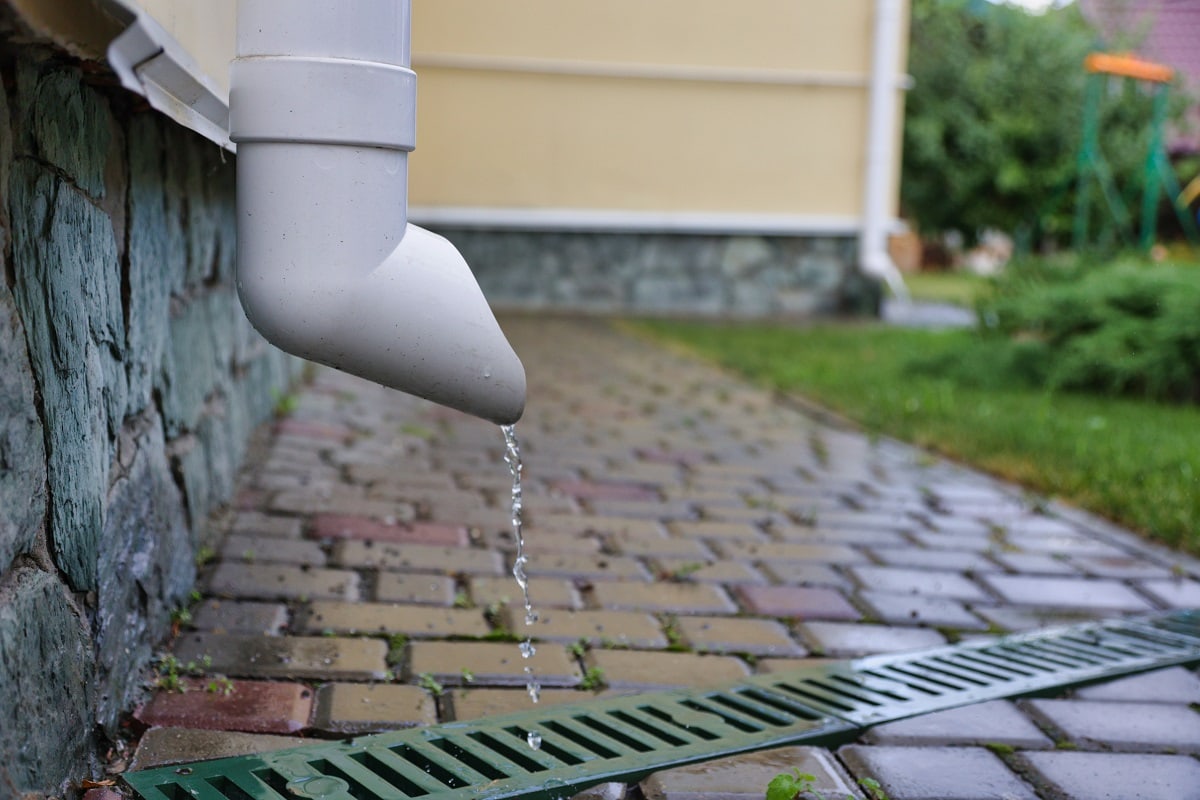
In some instances, an AC condensate line accumulates dirt and debris quickly because of an incorrect pipe placement and installation. So, checking and ensuring that you correctly install your condensate line after cleaning it is highly advisable. Always check it twice before leaving the area.
Why Is It Important To Prevent Your AC Condensate Line From Clogging
If one component is dirty or doesn't work correctly in an air conditioning unit, expect it to affect the entire unit by causing small to considerable damage.
Check the details below about what a clogged AC condensate line can do to your unit:
Freezing Coils Will Occur
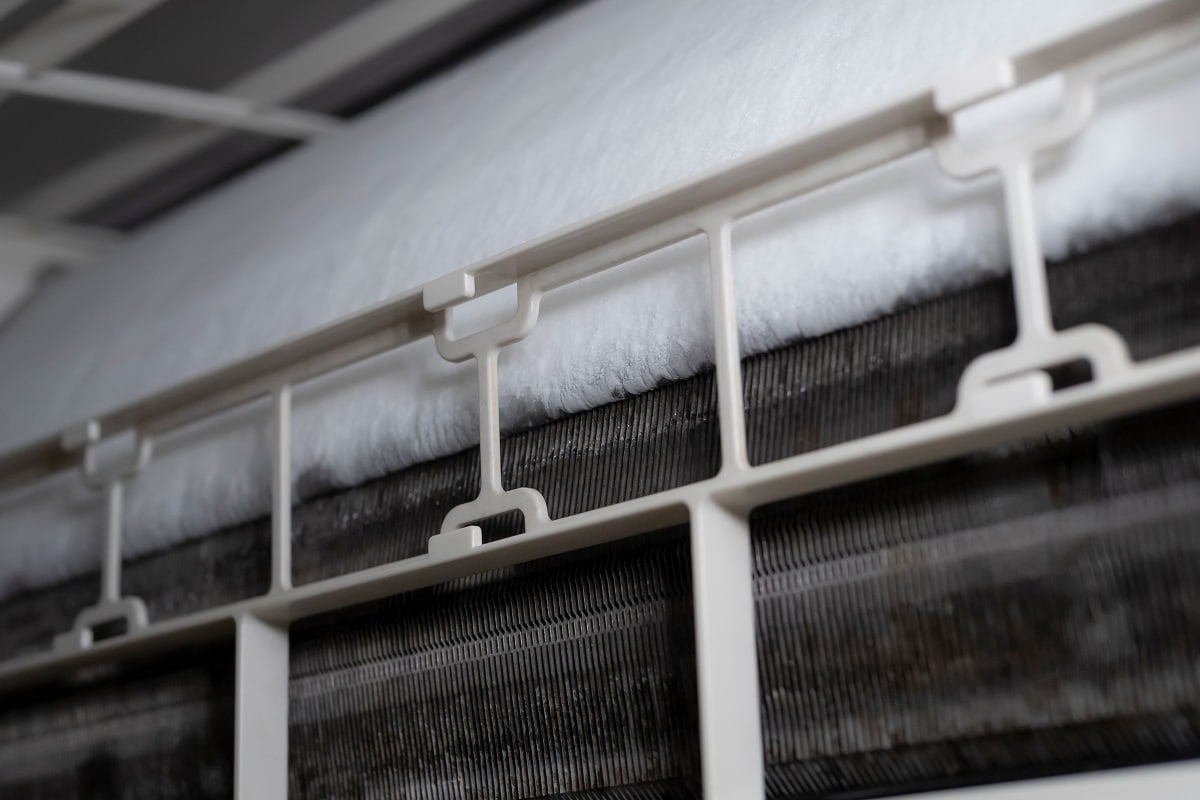
The purpose of a condensate line is to drain the collected water from the coils. If there is a blockage present in the pipe, expect that it will trap the water and lead to freezing the evaporator coils. Additionally, freezing can also happen to the moisture in the condensate line itself.
If this situation occurs, your air conditioner will switch off unexpectedly and obtain damage.
It Will Cause Overflow In The Drain Pan
If clogging is present in the condensate line of your air conditioner, it will make your drain pan overflow. The worse thing about it is that it can attract bacteria and mold buildup.
A Clogged Condensate Line Will Damage Other Things
You may think that only the entire air conditioner can take the damages caused by a clogged AC condensate line. Unfortunately, you are mistaken. Damages such as the following will also occur:
- Damages to your drywall caused by water
- Can produce numerous leaks
- Can damage electrical wiring
That's A Wrap!
Remember that every air conditioning component matters. So, cleaning your condensate line once a month would be best. It may seem like it is a not-so-important component, but keeping it clean and fine can help your air conditioning unit work properly and prevent any future damage.
We hope this post answers all your questions. If you still have additional concerns, feel free to reach out in the comments. And for more useful advice, you can check these posts out!
Where To Run The AC Condensate Drain Line

